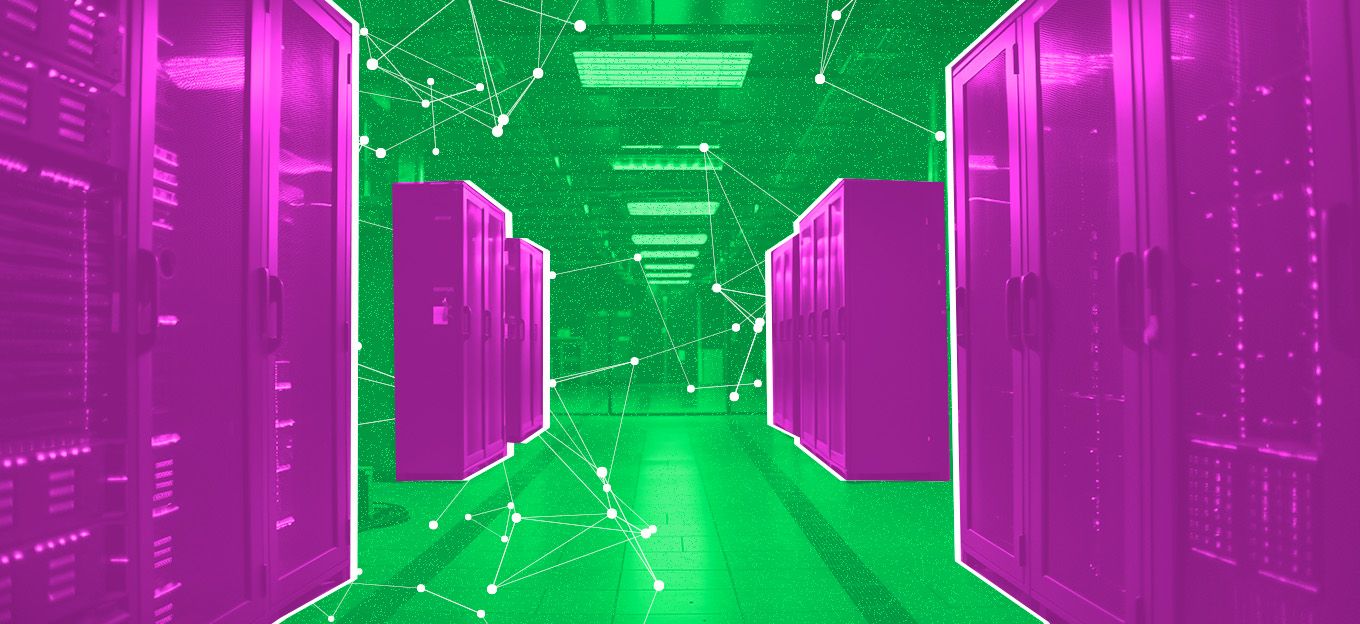The Connected World and What it Means for the Future of Cloud Security
The Connected World and What it Means for the Future of Cloud Security
- Last Updated: December 2, 2024
Guest Writer
- Last Updated: December 2, 2024



There’s a lot of hype around the term “digital transformation.” For some, it’s the integration of digital technology into everyday tasks. For others, it’s the incorporation of innovative processes aimed at making business optimization easier. In most cases, digital transformation will fundamentally change how an organization operates, for the better.
As we further embrace the benefits of a data-driven world, digital transformation will fundamentally change how an organization operates and how it drives the adoption of cloud solutions.
No longer are the Internet of Things (IoT), the cloud, and IT infrastructure foreign or distant concepts: they’re a reality, allowing enterprises the chance to experience countless benefits when it comes to enhancing both safety and business operations. But it’s not without its challenges.
Connected World, Defined
The term “connected world” is a derivative of the digital transformation, signifying the increasing reliance that we have on connectivity, smart devices, and data-driven decision-making. Devices become smarter and better able to communicate with each other through the IoT to achieve both simple goals and arduous tasks. Within our homes, we’re able to control a myriad of devices with commands (“Hey Google...” or “Alexa...”), or get alerts straight to our mobile devices when someone rings your doorbell, when there’s movement in the yard or when a door is unlocked.
More connections equal more convenience and insight to you in your everyday life and various businesses. But as we further embrace the benefits of this new data-driven world, we need to consider how we protect and secure these efforts moving forward.
Managing Data Safely and Securely
As the use of connected devices and Big Data continue to grow, we can expect to see the conversations regarding data to increase and what role cloud solutions will play. A majority of the data living in the IoT won’t come from the smart devices you use in your home but from enterprises as they look to gather real-time data, store it, and analyze it. The driver for this data collection is the value it provides. Stakeholders leverage information from multiple sources, including access control, video surveillance, and security sensors, to gain insight into what’s happening at any given time.
IoT technology is accelerating at such a pace that it can potentially create detrimental problems for which many organizations may be ill-prepared. As more advanced technology is developed and connected to the network, integrating standard, built-in protections becomes paramount. This can take the form of continuous vulnerability testing, regular automatic security updates, or upgrading critical systems to newer technologies. As an example, many businesses are moving toward access control as a service (ACaaS) so that tasks and services can be performed remotely. Protocols are being designed to ensure all communications are encrypted and multiple types of threats are considered to provide the best security possible.
Here Comes the Cloud
It’s a well-known fact that the cloud is having an impact on the IT, IoT, and security industries, and it is here to stay. Within the scope of security applications, the cloud allows organizations to implement a robust access control security solution without having to invest heavily in IT infrastructure. Instead, the security application is hosted by a cloud provider, and can be managed by either the integrator, end user or both.
The cloud changes everything. Cloud-based access control and video management, especially when integrated, provides an enhanced situational awareness that allows managers to make informed decisions, from anywhere. Add to that the convenience of mobile credentials and users can fully manage their facilities with ease.
Has the function of access control and video changed? Not in regard to its overall baseline function. But the cloud enhances it. It delivers remote access and instant management to protect your premises. Access control and video management are key security systems that help you build a comprehensive security program. If you haven’t yet embraced cloud, it is time to explore it further. With security requirements becoming more complex, cloud systems offer enhanced security while at the same time providing an easier, more convenient management and end user experience.
It’s exciting to think about the possibilities that IoT connected devices will bring. And security is a big part of the growing visions of possibilities of the connected world. Think about this: the number of IoT devices is expected to grow to 22 billion by 2025 and this includes traditional security technologies like video and access control. As our industry expands and realizes how the cloud and the IoT can be leveraged in this new IoT-enabled environment, it’s clear that we have the potential to lead and elevate the conversation. Tomorrow is just the beginning.
The Most Comprehensive IoT Newsletter for Enterprises
Showcasing the highest-quality content, resources, news, and insights from the world of the Internet of Things. Subscribe to remain informed and up-to-date.
New Podcast Episode

Moving Past the Pilot Phase in IoT and AI
Related Articles





